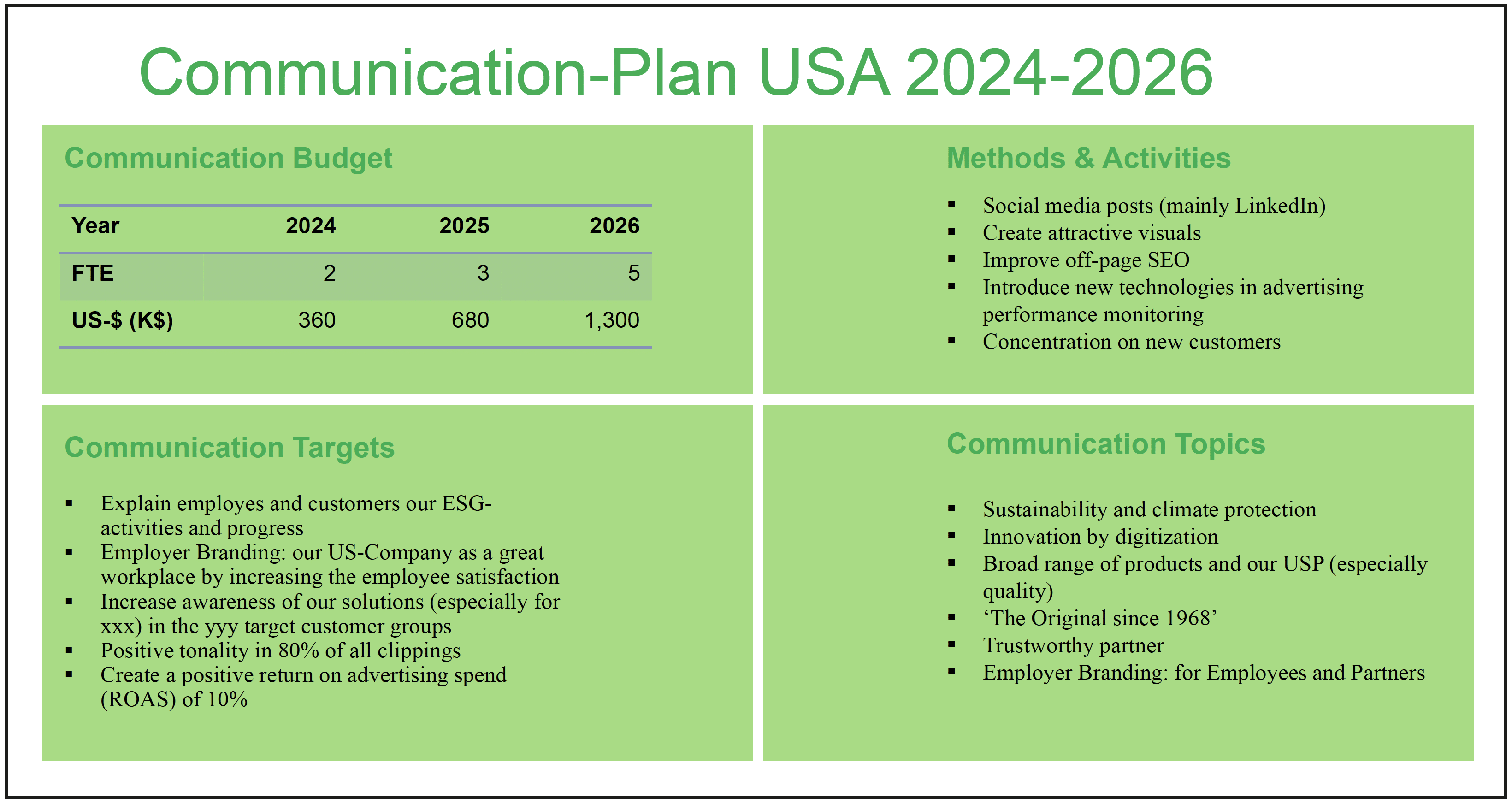Marketing and Communication Controlling or: the Elephant in the Room

An article from Guido Kleinhietpaß, trainer and partner of CA controller akademie
The expectations of most readers probably require me to start with the famous quote “Half the money I spend on advertising is wasted. …”. Contrary to popular belief, however, the quote most likely originates neither from the car manufacturer Henry Ford nor from the soap maker Viscount Leverhulme, but from the department store king John Wanamaker (1838-1922). Two thoughts come to mind. The first is that interest in the effectiveness of communication measures is obviously very old. The second thought is much more explosive: if the above quote still shapes the consciousness of readers, then the marketing and communication controlling of most companies cannot be in good shape. Exceptions confirm the rule.
At the same time, it is certainly the case that some of the current terms are well known. This is especially true when it comes to the Internet or similar digital terms: page visits, unique visitors, impressions, bounce rate vs. exit rate, off-page vs. on-page SEO, SEA, snippet, communication touchpoint analysis, media resonance analysis, reputation analysis, recall vs. recognition, etc… Some of you will be familiar with these terms and will be able to use them confidently. For other readers, however, they will mostly be buzzwords. In that case I hope you are not a marketing controller.
But this article will probably not be read by many marketing controllers. There are hardly any controllers with this specialization. My personal impression from numerous discussions with seminar participants is that many companies have rudimentary marketing controlling at best – if at all. The sentence “We post to marketing cost centers” is just as little an indicator of good cost accounting as it is of the existence of marketing controlling.
However, the weaknesses go beyond costs. If you take a look at the communication goals that are pursued in practice in consulting projects, you will be disillusioned. None of the target figures fit in with classic reporting. In addition, simple aspects such as specification, measurability, consistency or time reference are often lacking. Fig. 1 gives an impression of this.

Fig. 1: Example of a marketing budget
Seneca already knew: “If a man knows not to which port he sails, no wind is favorable.” Controllers prefer sales and revenue to establish a link to the P&L. Employees from the communications departments (marketing, PR, IR, etc.) are more interested in reputation, image or share of voice. Discussions between communications and controlling usually fail because the terms and targets of the other are (apparently) incompatible. However, the principle to bridge this has been known for a long time with the “impact level model”: The first publications by the International Controller Association and the German Public Relations Society were, after all, back in 2009. There is also no shortage of software or accompanying essays – including here in Controller Magazin, e.g. Kleinhietpaß/Seidel in is-sue 3/2011 or most recently Pollmann in issue 5/2023. Does the implementation of the topic fail because “if people would just…” (people do not just do anything)? Or is the topic not important enough? Is there a general lack of time or are there more pressing issues, such as digital transformation?
How urgent is the issue? Let’s look at the figures. In 1861, Wanamaker is said to have invested the entire turnover of the first day [!] of his new business in adverising. According to the book “How to Succeed” (Dr. Ori-son Swett Marden, 1896), it is said to have been $38. Let’s dispense with a conversion to today’s values and look at the figures from Nielsen Media Research: in 2022, above-the-line advertising in Germany amounted to around 36.7 billion euros. If we look at this information with the opening quote “Half the money I spend on advertising is wasted; the trouble is I don’t know which half.”, then we can state the following: There is an elephant in the room! At least at some companies, because some specialist departments are taking on the challenge of setting up marketing and communication controlling. Unfortunately, I have not seen this happening in controlling departments. The starting point for my communication controlling projects as a consultant has never been the controlling department, but always the specialist department.
Any controller claiming to stand for transparency and to be a “single source of truth” should clarify the following questions:
The following control questions can help you start a goal-oriented discussion in your company:
- How high are our advertising costs (employees, agencies, etc.) and what proportion of total costs or net income do they account for?
- Can we afford to be superficial when it comes to the ‘long lever’ of revenue because we are particularly good at the ‘short lever’ of costs?
- Do we really control and manage costs in marketing if we don’t understand the generated output?
- How can it be justified to the other specialist departments that there is no marketing & communication controlling in the company? Or alternatively: Is it right for the communications department to report its own key figures – which are not linked to the company’s general management system?
- Are we controllers avoiding these unresolved complex issues and how competent are we at familiarizing ourselves with new topics?
- Where will the data for predictive & prescriptive analytics come from in a few years’ time if we don’t start generating, collecting and structuring data and taking care of diagnostic & descriptive analytics today?
You will find notes on some of these questions in the main topic of this issue of Controller Magazine. If you would like to discuss this with me, you can reach me at g.kleinhietpass@ca-akademie.de




